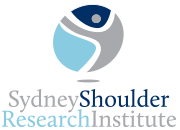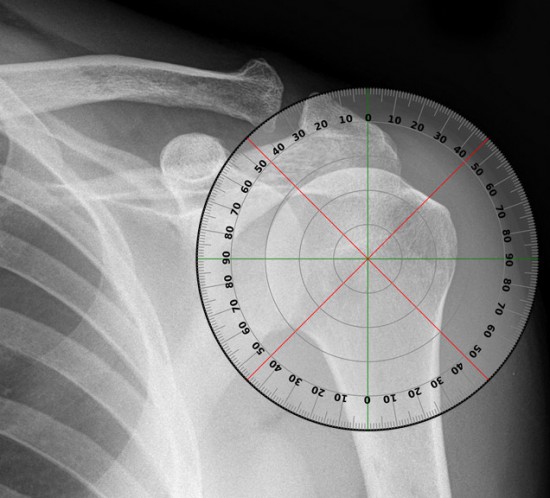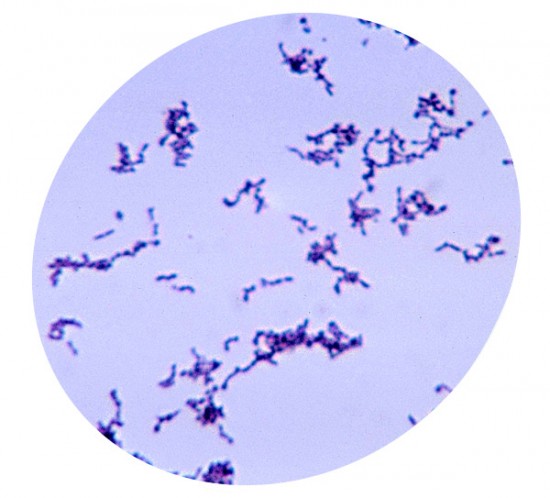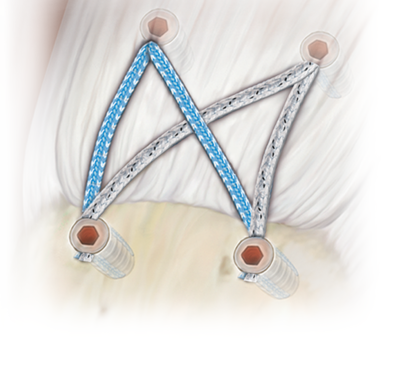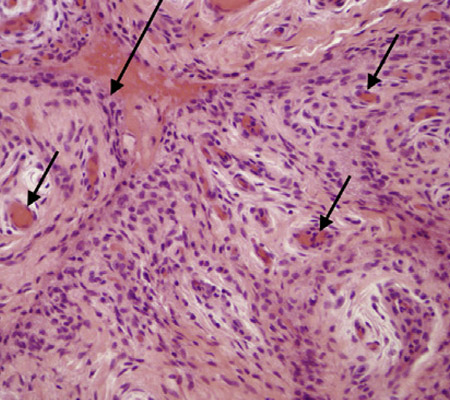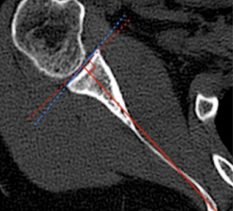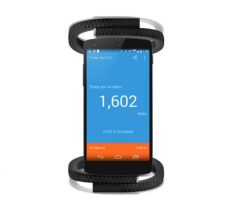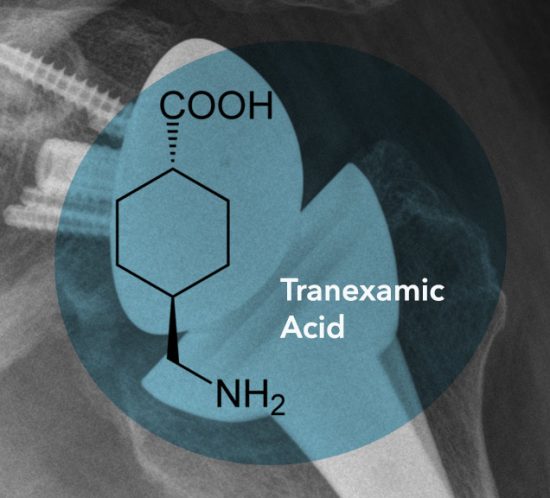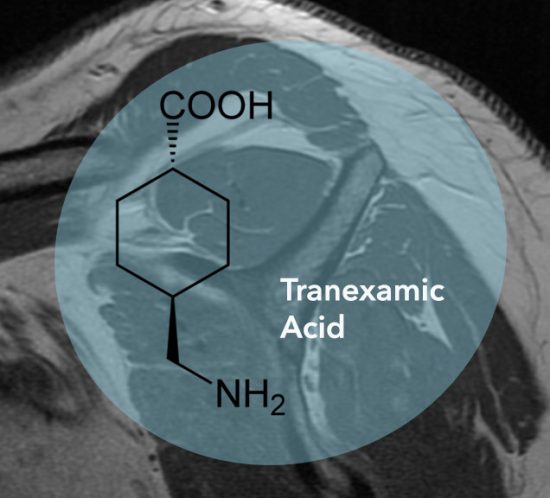Background
Reverse total shoulder replacement* has grown in popularity over the past decade. The technique is used when conventional shoulder replacement fails. It is also used for rheumatoid arthritis patients with irreparable cuff tears and patients with proximal humeral tumours.
The complication rate for the procedure, however, continues to be high. Implants have limited longevity and there is a lack of long term functional outcome data, all of which feed concerns regarding its continued widespread use. With this study, we wish to see how outcomes vary both in the short and long term and improve upon the paucity of long term data both locally and globally.



